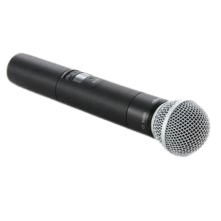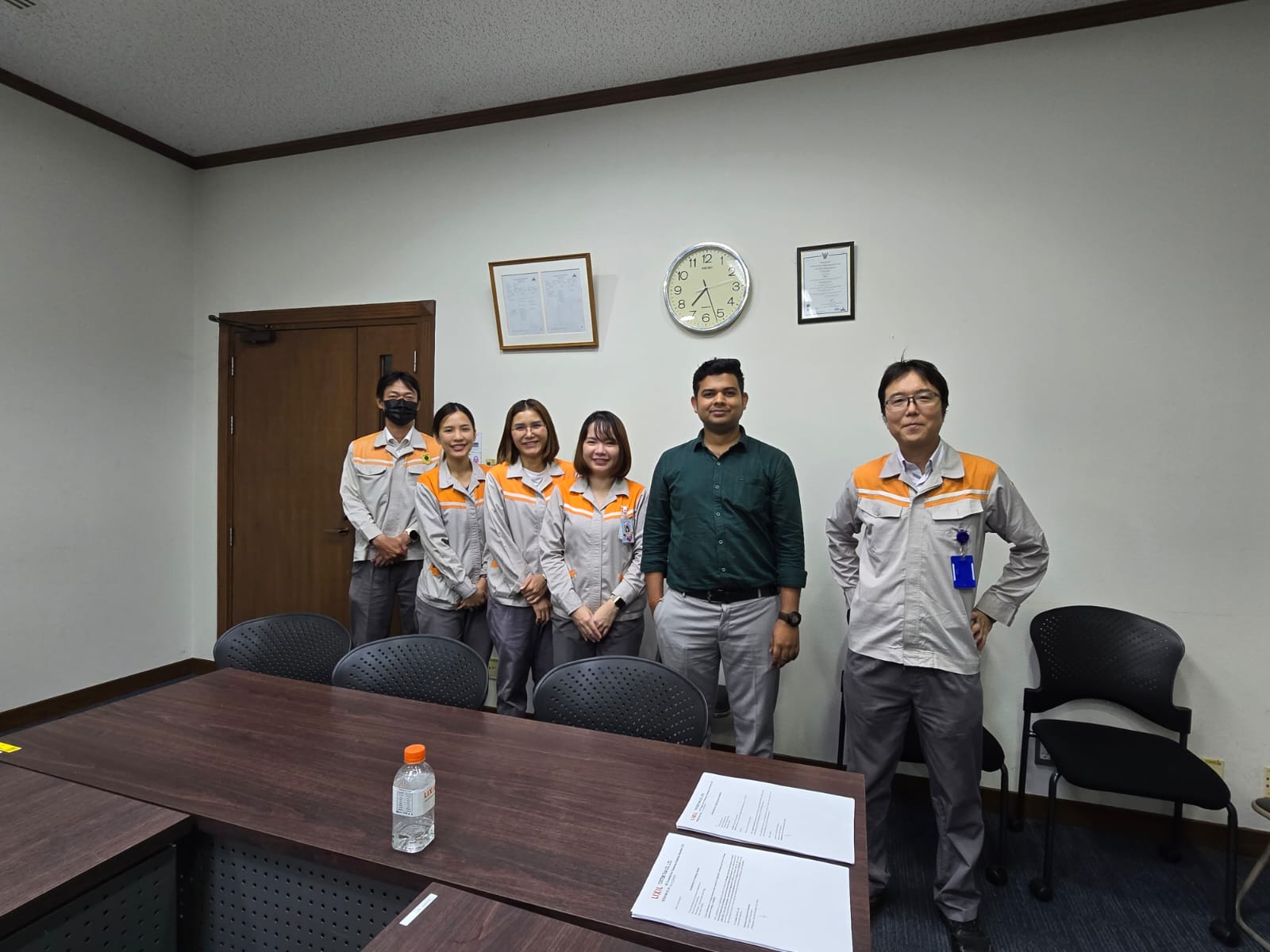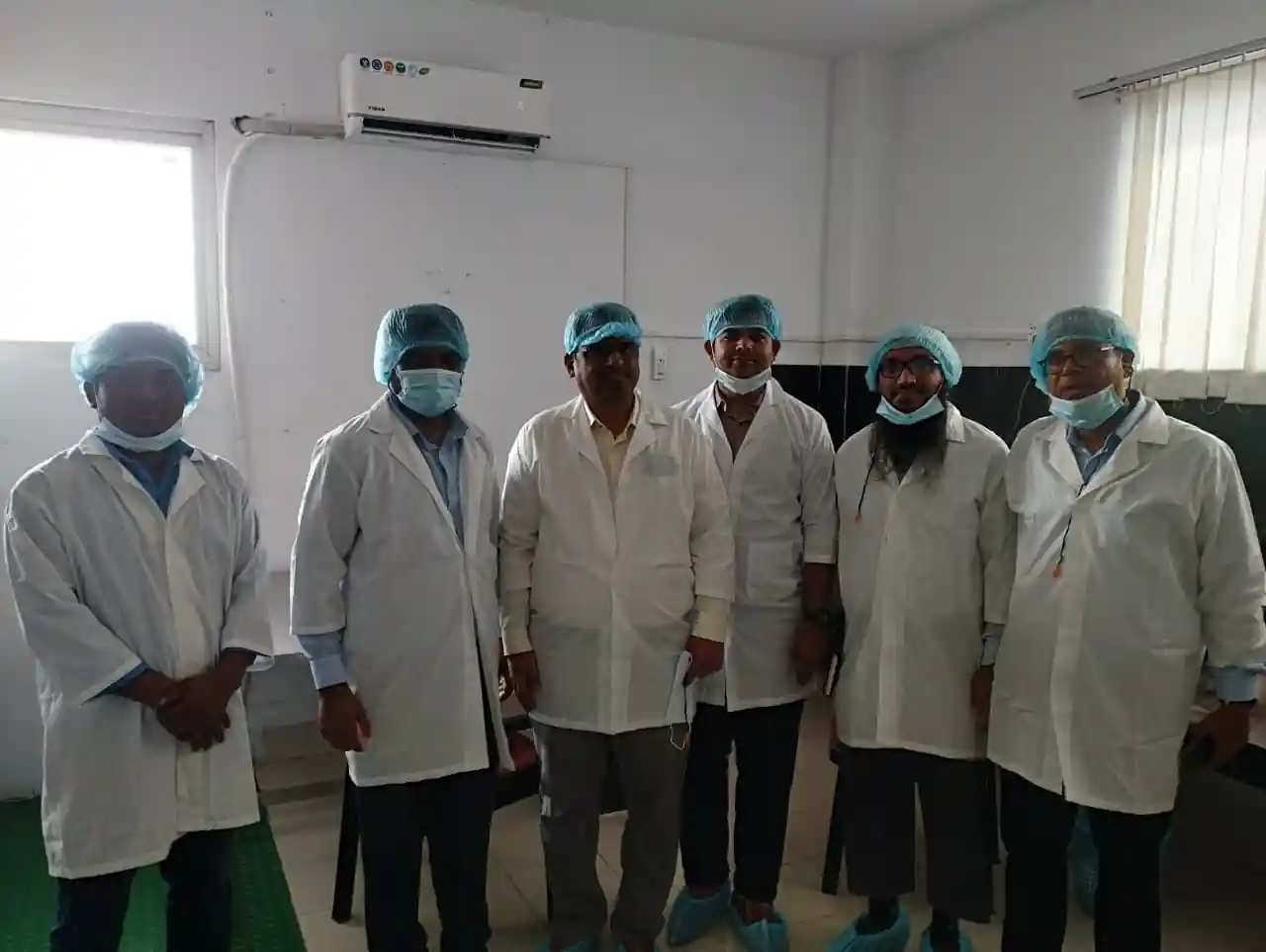BIS Certification for Wireless Microphones IS 616: 2017

Wireless
microphones have become essential in various fields, including live performances,
broadcasting, and presentations. Ensuring that these devices meet safety and
quality standards is crucial. In India, this is accomplished through BIS
registration for wireless microphones. Compliance with the Indian Standard for
wireless microphones, IS 616: 2017, guarantees reliable performance and
consumer safety.
Introduction
The Bureau
of Indian Standards (BIS) mandates the Compulsory Registration Scheme
(CRS) certification for electronic devices, including wireless
microphones. This certification ensures that these products meet essential
safety, performance, and electromagnetic compatibility (EMC)
requirements. The certification process includes a thorough evaluation of
technical specifications and electromagnetic compatibility measures. By securing
CRS certification, manufacturers affirm their dedication to producing
high-quality, reliable products that meet national regulations, thereby
enhancing product credibility and facilitating market access.
Why is CRS Certification Necessary for Wireless
Microphones?
BIS CRS certification is vital for wireless microphones for several reasons.
Ensures Product Safety – BIS certification protects users from potential electrical hazards and electromagnetic interference.
Guarantees Performance Reliability – Certified products meet specific technical benchmarks for audio transmission and signal integrity.
Builds Consumer Trust – Regulatory compliance boosts consumer confidence in the product’s safety and quality.
Facilitates Market Access – BIS CRS for wireless microphones simplifies the entry of manufacturers into the Indian market, ensuring smooth commercialization.
Overview of Indian Standard IS 616: 2017 for Wireless Microphones:
Indian Standard
IS 616: 2017 specifies essential safety and performance criteria for wireless
microphones. It ensures that these devices operate effectively while minimizing
risks related to electrical safety and electromagnetic compatibility. The
standard includes specifications for performance, safety requirements, and
testing procedures. By adhering to IS 616: 2017, manufacturers demonstrate
their commitment to quality and safety, enhancing product credibility and
facilitating regulatory compliance.
Tests Performed:
To obtain BIS CRS certification for wireless microphones, the products must undergo the following tests:
- Electrical Safety Testing - This involves checking insulation resistance and evaluating shock protection.
- Performance Testing - This assesses frequency response and signal stability.
- EMC Testing - This ensures that the microphone does not emit excessive electromagnetic interference.
- Battery Safety Testing - This verifies the safe operation of the battery and its management systems.
- Environmental Testing - This evaluates the microphone's resilience under various environmental conditions.
BIS Registration Process for Wireless Microphones
The BIS registration process differs slightly for domestic and foreign manufacturers but broadly follows these steps:
For Foreign Manufacturers:
- Nominate an Indian Representative: A foreign manufacturer must appoint an Indian Representative with a valid business presence in India to handle the registration process.
- Online Application Submission: The representative submits an application via the BIS portal, ensuring all details are accurate.
- Sample Testing: Wireless Microphones samples are tested in a BIS-approved laboratory for compliance with IS 616:2017.
- Submit Complete Application: The application, along with test reports and required documents, is submitted online or in hard copy.
- BIS Verification: The BIS reviews documents and may conduct factory inspections.
- Grant of License: Upon successful verification, the BIS grants a license, allowing the use of the CRS mark.
For Domestic Manufacturers:
- Submit Online Application: Domestic manufacturers directly apply on the BIS portal to begin the registration process.
- Sample Testing: Like foreign manufacturers, samples are tested at a BIS-recognized lab.
- Submit Application: A complete application, including test reports, is submitted to the BIS.
- Verification: The BIS reviews documents and may inspect the manufacturing facility.
- License Grant: After successful verification, the BIS issues a license for using the CRS mark.
Documents Required for BIS Certification
Below is a comprehensive checklist of documents needed for BIS registration:
General Documents:
● Filled CDF/CCL forms.
● BIS application form.
● Business License (original + English translation).
● Scope of Business License (original + English translation).
● ISO Certification of the manufacturing unit.
● Product marking label details.
Additional Documents for Foreign Manufacturers:
● Authorization letter (if the signatory isn’t the manufacturing head).
● Trademark certificate.
● Indian Representative's registration proof.
● Photo ID of the authorized representative.
Technical Documents:
● User manual or technical specification sheet.
● Test reports from BIS-approved laboratories.
Conclusion:
Navigating the BIS registration for wireless microphones can be complex, but expert assistance from EVTL India simplifies the process. Our team ensures smooth compliance with IS 616: 2017, helping manufacturers obtain certification efficiently. By securing BIS CRS for wireless microphones, manufacturers can enhance product credibility, boost consumer trust, and gain a competitive edge in the Indian market.
For
seamless BIS certification for wireless microphones, reach out to EVTL
India today and ensure your products meet India’s stringent safety and performance
standards.
Free Call Back
Latest News & Update
🚀 Breaking News: New software update available for all users!
💡 Latest Feature: Introducing AI-powered automation tools.
📅 Upcoming Event: Join us for the webinar on September 30th.
🕒 Support Hours: Expanded customer support hours next week.
⚙️ Tech Tip: Learn how to maximize productivity with our latest tools.
Why Choose EVTL INDIA
Expertise in Indian Regulatory Standards
End-to-End Support
Trusted by Top Indian & Global Brands
Fast Processing & Transparent Pricing
Strong Liaison with Indian Authorities
Company Profile













